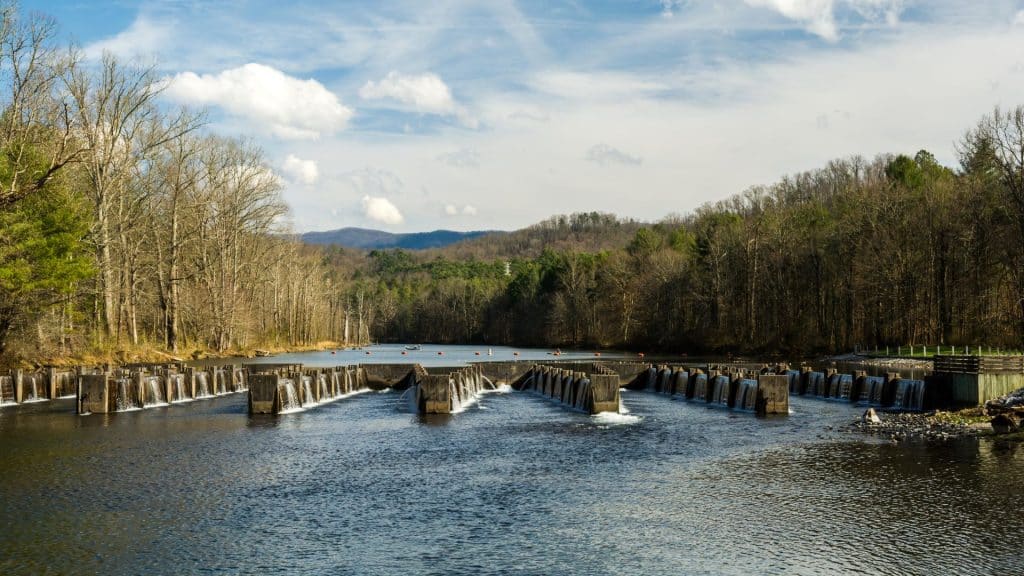New York City is one of the largest metropolitan areas in the world, so the city must protect its water sources. Taking care of the city’s watershed is crucial for ensuring a reliable supply of clean and safe drinking water.
A watershed is an area of land where all water, such as rainfall, snowmelt, and runoff, meets and drains into a common body, like a river, lake, or ocean. Learn three ways New York City protects its watershed to bring life-sustaining water to its millions of residents.
1. Run Protection Programs Through the DEP
The NYC Department of Environmental Protection (DEP) manages the city’s water supply. One of the things the NYC Department of Environmental Protection does is maintain NYC’s watershed, which covers an area of over 2,000 miles.
The DEP’s watershed management and protection programs involve monitoring and controlling activities within the watershed. These activities include land use management, soil erosion control, and stormwater management for the long-term sustainability of the watershed.

2. Upgrade and Maintain Infrastructure
Maintaining water infrastructure protects the watershed. The city upgrades and maintains the water distribution system to prevent leaks, reduce the risk of contamination, and improve efficiency.
Taking care of water infrastructure is crucial for protecting watersheds due to the following reasons:
- Conserving water
- Preventing contamination
- Managing stormwater
3. Prevent Contamination
Another way New York City protects its watershed is by preventing contaminants from entering the water supply. The DEP does this by collaborating with communities and stakeholders to identify and reduce threats such as industrial discharge and agricultural runoff.
The city analyzes thousands of water samples hundreds of thousands of times annually. By monitoring microbiological, chemical, and physical factors, the city can detect changes in water quality and act promptly to prevent contamination that can impact water supply as well as the environment.
What Individuals Can Do To Prevent Contamination
You and your household can do a lot to protect waterways from pollution. One example is to grow hardy plants that require little or no watering, fertilizers, or pesticides. Another example is never to pour oil down your sink drain, storm drain, or in the street.
New York City faces a monumental task in protecting watersheds. The city supports human and ecological needs by centralizing responsibilities in the DEP’s programs, upgrading and maintaining infrastructure, and preventing contamination.














